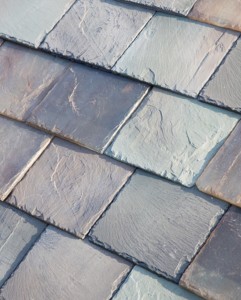A few weeks ago, I blogged about how Tesla solar roofs may have a rocky start due to the high costs and technological uncertainty. But Understand Solar recently dug into some of the initial numbers and provides some reason for thinking these tiles may be a bargain, assuming your home needs a new roof and the tiles perform as advertised.
First, the site did the basic calculations on how much the solar roofs would cost:
- 1,000 square foot home: $21,210 ($21.21 per square foot)
- 2,000 square foot home: $40,250 ($20.12 per square foot)
- 5,000 square foot home: $95,970 ($19.19 per square foot)
That ain’t cheap. And traditional roofing materials are much cheaper, especially asphalt shingle:
Even the most expensive slate tile costs about 25% less than Tesla’s solar roof tiles. So that’s not great.
But here’s the rub: assuming a 30% federal tax credit and that the tiles can produce as advertised over 30 years, the total net savings for a house in Los Angeles is as follows:
Los Angeles, CA
- 1,000 square foot home: produce $49,900 worth of electricity (net savings of $28,690)
- 2,000 square foot home: produce $94,800 worth of electricity (net savings of $54,550)
- 5,000 square foot home: produce $180,600 worth of electricity (net savings of $84,630)
So the savings (and eventual profit) are there in spades.
But how would this savings rate compare to simply adding traditional panels on top of an existing roof? According to estimates, Tesla’s solar tiles have a payback of 11 years, while a traditional solar installation has a payback of just 6.5 years. So you lose some payback, but you gain a whole new roof.
Overall, if you’re in the market for a new roof and are willing to gamble on new technology, plus you like the look of solar tiles as opposed to traditional panels, the Tesla product would be a good deal.



